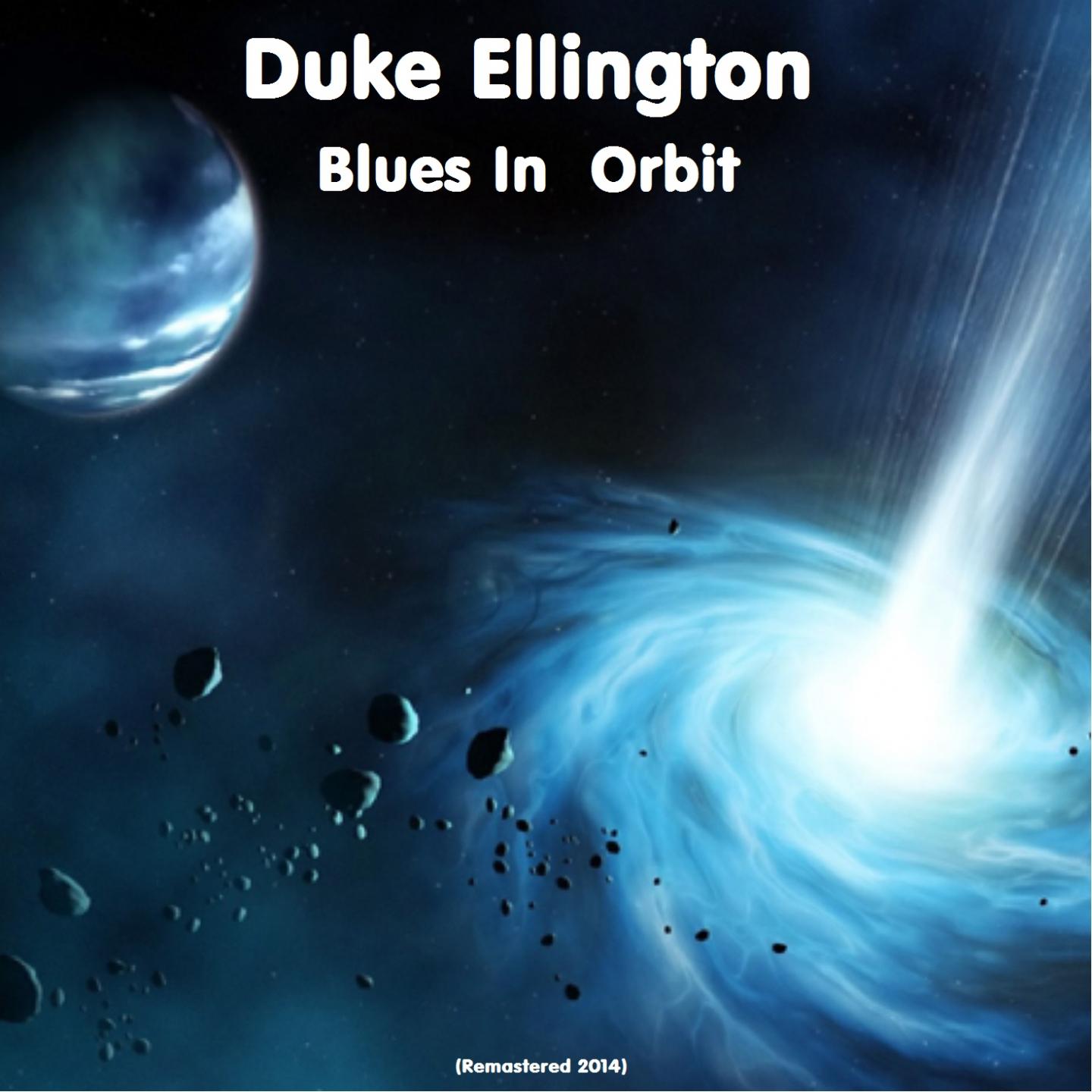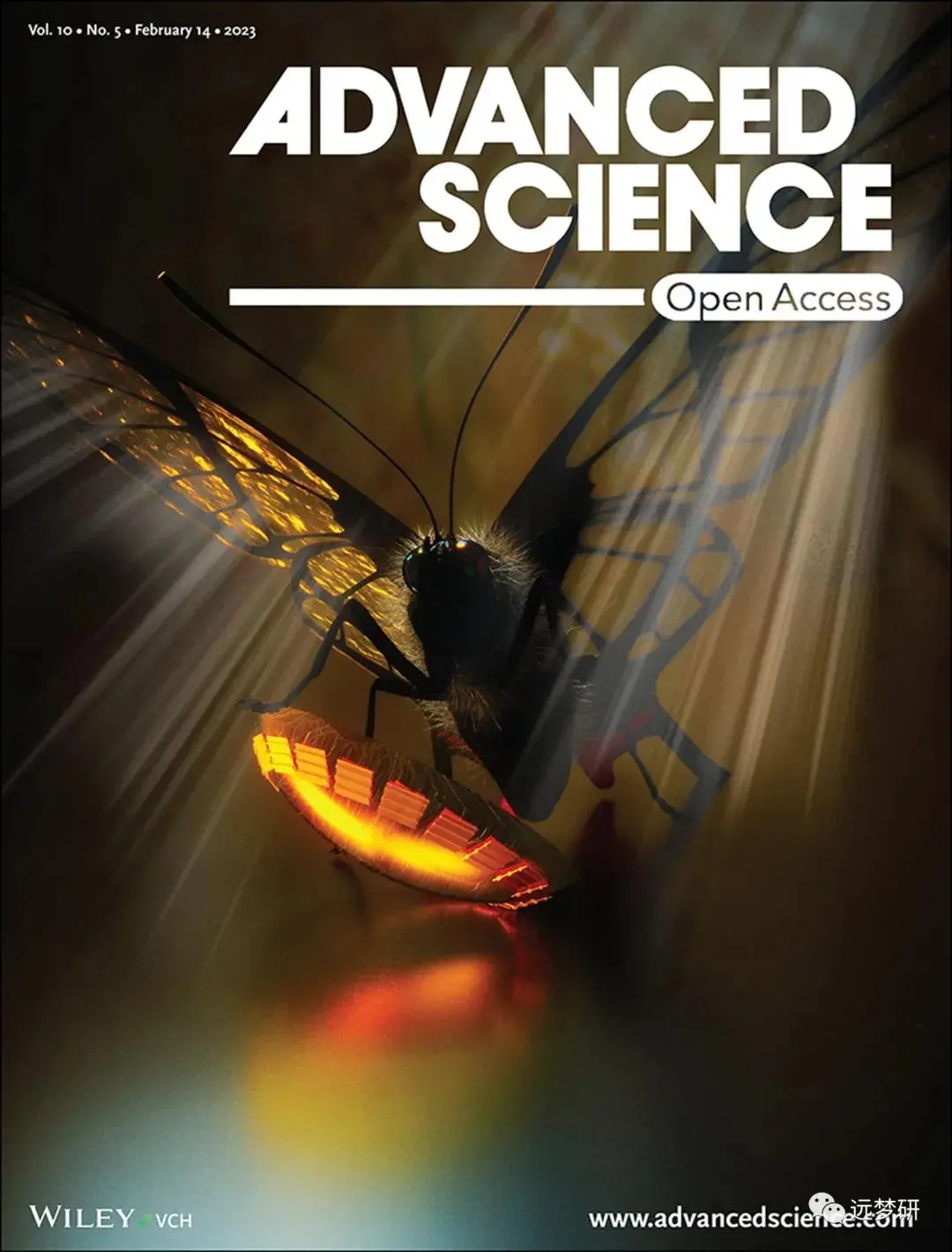Are Flies Attracted to Blue Light: The Science Behind It
Fly control in households and commercial settings is a persistent challenge, with flies being drawn to a variety of stimuli, including food, waste, and even……
Fly control in households and commercial settings is a persistent challenge, with flies being drawn to a variety of stimuli, including food, waste, and even human presence. One fascinating aspect of fly behavior is their attraction to light, particularly blue light. This article delves into the science behind why flies are attracted to blue light, exploring its implications for pest control and environmental management.
**Understanding the Attraction of Flies to Light**
Flies, like many insects, possess simple eyes called ommatidia, which contain photoreceptor cells sensitive to different wavelengths of light. The human eye perceives white light as a combination of all colors, but each color corresponds to a specific wavelength. Blue light, with its shorter wavelength, is particularly effective at attracting flies due to several physiological and behavioral factors.
**Physiological Basis for Attraction**
Flies are drawn to blue light primarily because their photoreceptor cells are most sensitive to this wavelength. This sensitivity is a result of the presence of a pigment called pteridine, which absorbs blue light more effectively than other wavelengths. When flies perceive blue light, it triggers a neurological response that stimulates their flight muscles, compelling them to move towards the light source.

Moreover, blue light has a higher frequency and energy compared to other colors, which can disrupt the flies' circadian rhythms. This disruption can lead to increased activity levels and a heightened sense of urgency, causing flies to be more attracted to light sources, including those emitting blue light.
**Behavioral Factors**
The behavioral attraction of flies to blue light extends beyond physiological sensitivity. Flies often associate bright light with potential food sources or breeding sites. In natural environments, blue light is commonly associated with open spaces, such as clearings or water bodies, where flies can find food and mates. By mimicking this natural association, artificial blue light sources can attract flies, making them an effective tool for pest control.
**Applications in Pest Control and Environmental Management**

Understanding the attraction of flies to blue light has significant implications for pest control and environmental management. LED lights emitting blue light are increasingly used in homes and businesses to deter flies and other insects. These lights are designed to emit a specific wavelength of blue light, which is more effective at attracting flies than other colors.
In agricultural settings, blue light can be used to monitor fly activity and optimize pest control strategies. By placing blue light traps at strategic locations, farmers can identify areas with high fly populations and take targeted actions to reduce infestations.
Furthermore, blue light can be utilized in urban planning and environmental conservation efforts. By designing lighting systems that minimize the use of blue light, cities can reduce the attractiveness of urban environments to flies, thereby mitigating the impact of flies on public health and aesthetics.
**Conclusion**

The attraction of flies to blue light is a fascinating phenomenon with far-reaching implications for pest control and environmental management. By understanding the physiological and behavioral basis for this attraction, we can develop effective strategies to mitigate fly populations and create more livable environments. As research continues to explore the complexities of fly behavior, blue light remains a promising tool in the arsenal of pest control professionals and environmental scientists alike.